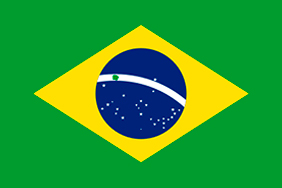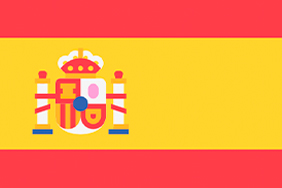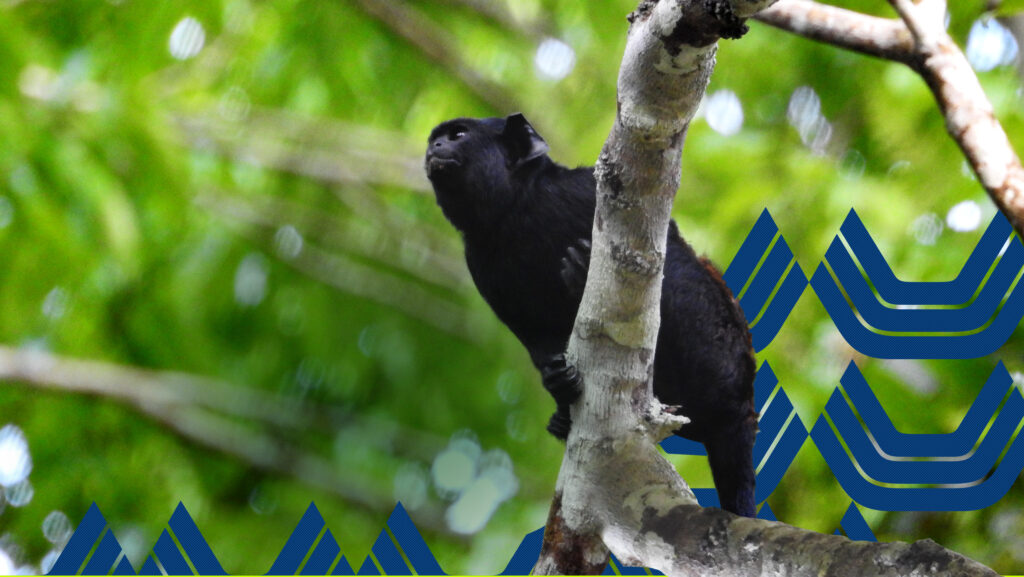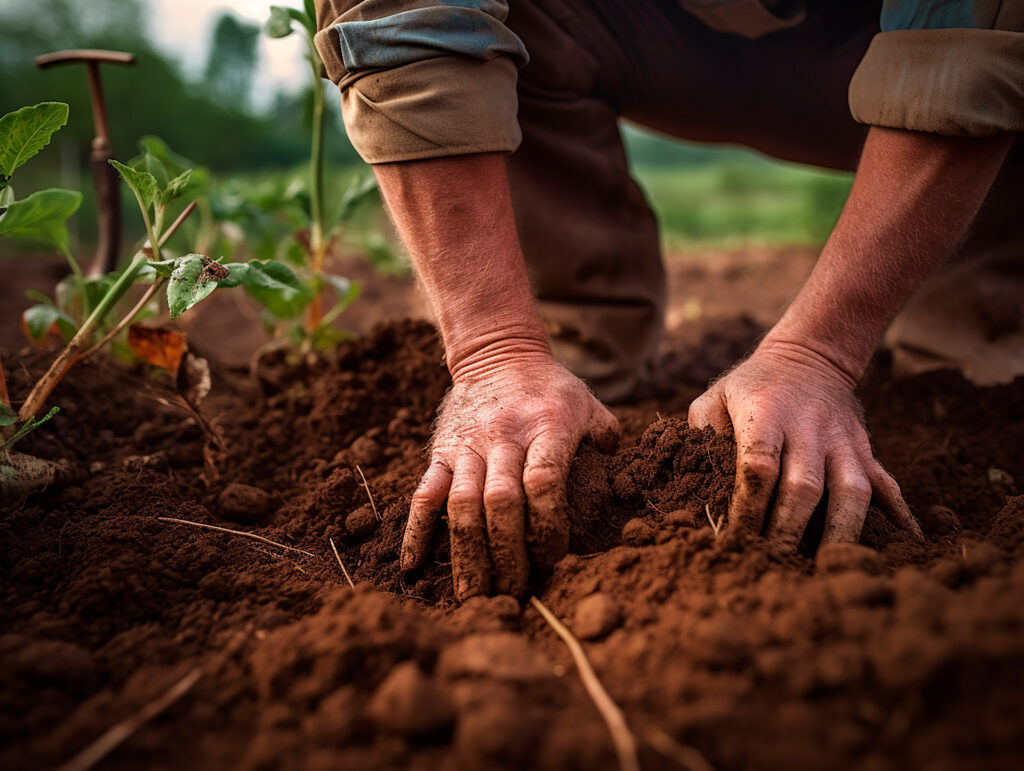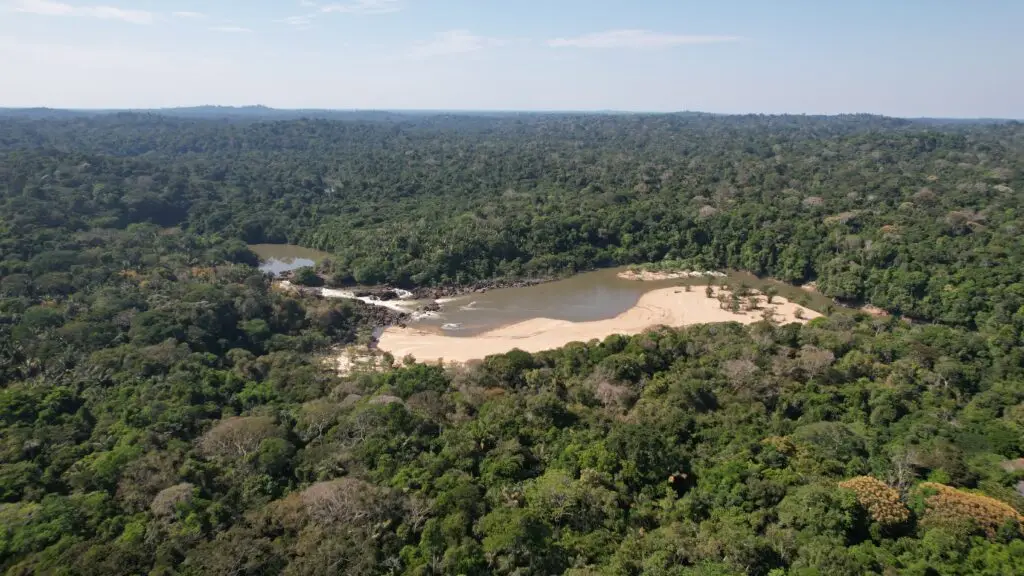Deforestation reduction, biodiversity protection, and access to education are the foundations of the RESEX Jacundá REDD+ Project.
Residents involved in sustainable forest management received training in botanical collection and identification within the Reserve. The course was included in the activity plan of the RESEX Jacundá REDD+ Project based on the need identified by the residents themselves.

When the community is constantly involved in activities to protect the forest and combat deforestation, it understands its importance, and the interest in learning more to do a better job is part of it.
Enabling and encouraging access to education is one of the bases of the RESEX Jacundá REDD+ Project and, based on the need identified by the residents themselves involved in the sustainable management of the region, the Course on Botanical Identification was included in the 2022 Activities Plan.
To carry out the course, Biofílica Ambipar, ASMOREX of RESEX Jacundá, proponents of the Project, joined forces with operational partner Centro de Estudos Rioterra, UNIR (Foundation of the University of Rondônia) and the New York Botanical Garden to teach about the identification of trees from their leaves, fruits and seeds.
“This week we have the Botanical Collection and Identification Course, where we are learning each part of a tree, leaves, fruits, seeds, and it has been a very promising activity. We have been learning a lot”, comments Denise Viana, president of ASMOREX.
First of all, the objective of the course is to train people to increasingly improve their living and economic conditions. Thinking beyond this, this information base is fundamental for the people who live in the forest to be allies in the process of knowing, collecting, and identifying the plants so that, consequently, they can conduct the sustainable management with the necessary technical knowledge.
“Without this baseline of knowing the plants, we cannot manage or restore an area. How can we restore an area without knowing what plants were in that area before it was degraded? Therefore, we have to train the people who live in the forest, who are in the forest constantly, so that they become our allies in the process of knowing, collecting, and identifying the plants”, says Flávio Obermuller, Biologist at the New York Botanical Garden.
The project area is extremely important for the permanence of natural environments inside and outside its boundaries. In our view, community empowerment contributes to two important purposes of the project:
- Promoting the reduction of deforestation and conservation of standing forest and protection of biodiversity, ensuring the maintenance of ecosystem services and preserving the traditional ways of life of RESEX residents.
- Access to quality education that enables better employment conditions and income diversification.
These activities contribute to the UN Sustainable Development Goals (4 and 15) and help maintain the Community Gold Seal (CCBS), already achieved by the RESEX Jacundá REDD+ Project.
[divider height=”30″ style=”default” line=”default” color=”” themecolor=”0″]
Watch the video and see what some members of the Association have to say about the action:
[divider height=”30″ style=”default” line=”default” color=”” themecolor=”0″]
Want to learn more about the project and how your company can help continue this work
while offsetting your carbon emissions?

